Putti at play in a wooded landscape
Oil on canvas, 41 x 29 cm
Coeval gilded wooden frame, richly carved, 54 x 41
In this lively pastoral scene, a group of naked putti are captured in a moment of play with bowls and pins, arranged in the foreground within an idyllic landscape of late Baroque style. In the background, we can glimpse some buildings, wild vegetation and a solitary figure, seated, who seems to be fishing.
The chromatic application, made of soft impastos and vibrant chiaroscuro, together with the landscape characterized by a soft and nuanced atmospheric light, refers to the Genoese painting school of the late seventeenth century, influenced by both Venetian suggestions and Roman classicism.
The painting, the work of a cultured painter active in the Ligurian environment, reflects the methods and themes cultivated by Domenico Piola, Giovanni Andrea de Ferrari and partly also by Bartolomeo Guidobono, the latter known for his twilight influence and for his fairy-tale landscapes populated by cherubs, nymphs and mythological figures. The iconography of cherubs, symbols of the age of innocence, abundance and vitalistic joy, was frequent in both sacred and profane decoration, where it often took on an allegorical value (seasons, arts, human passions). In particular, in the Genoese area, these subjects were intended both for private clients and for the decorative apparatus of suburban villas and city palaces, finding wide diffusion especially in easel painting and in overdoors.


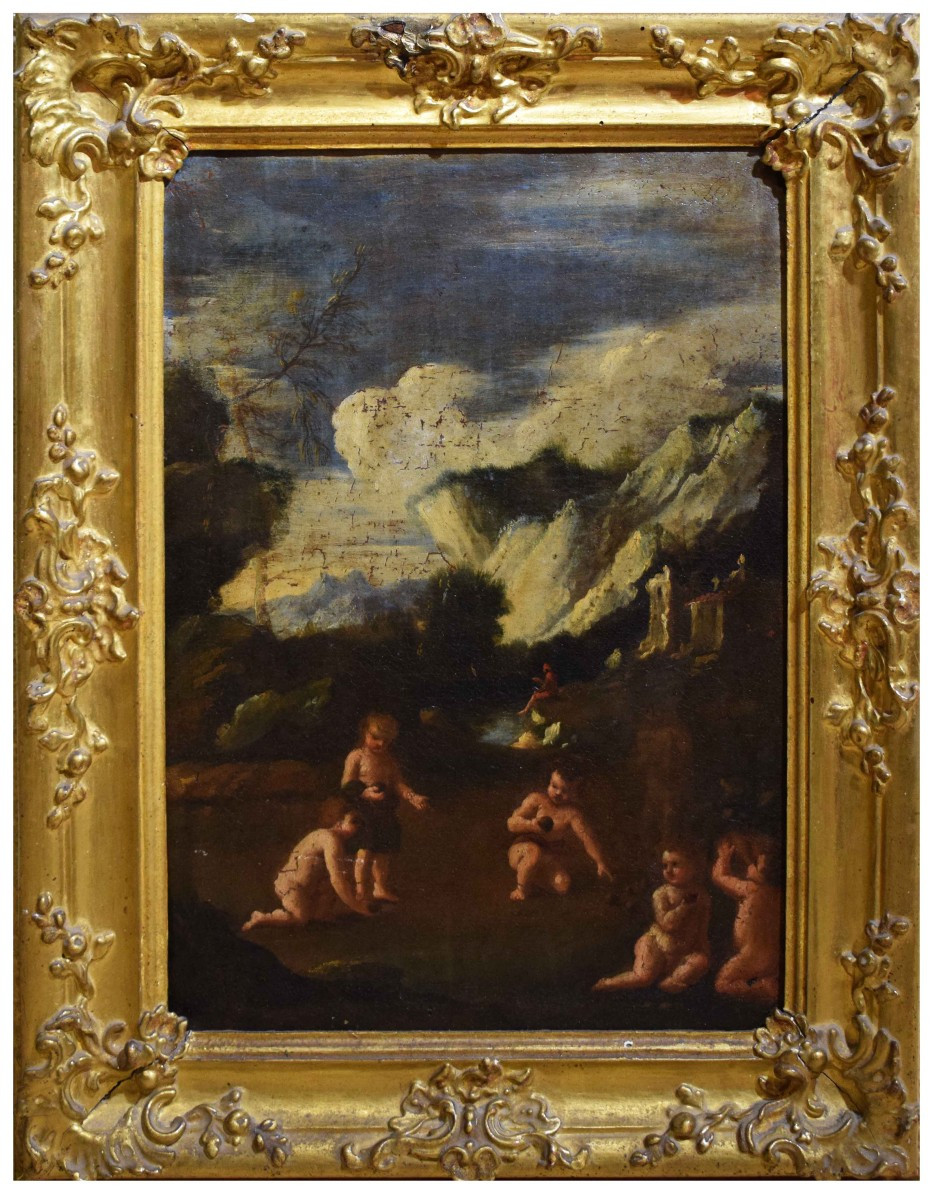



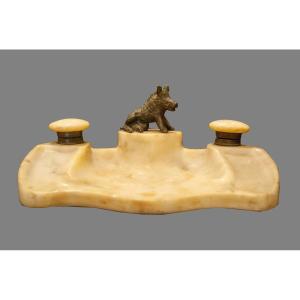
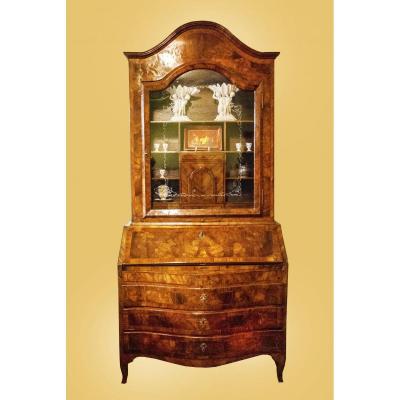

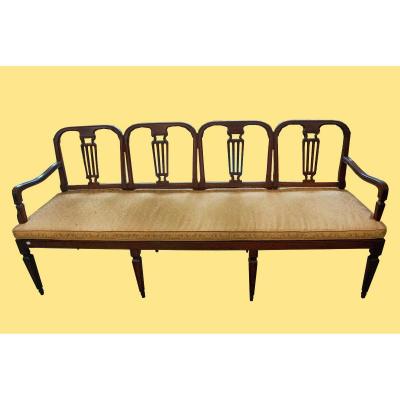






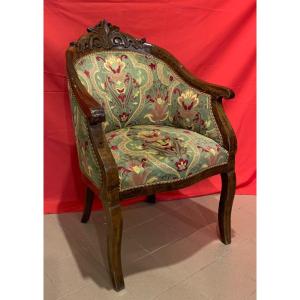




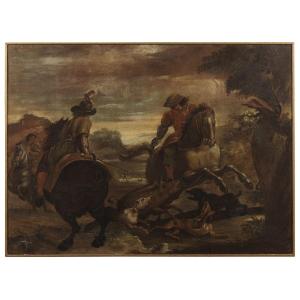

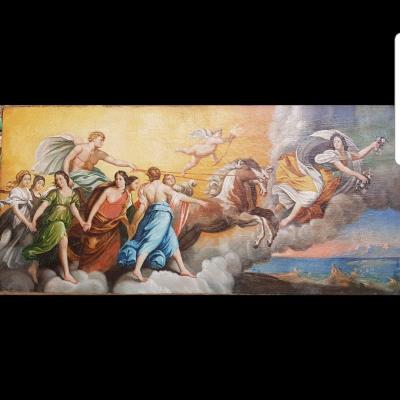



 Le Magazine de PROANTIC
Le Magazine de PROANTIC TRÉSORS Magazine
TRÉSORS Magazine Rivista Artiquariato
Rivista Artiquariato